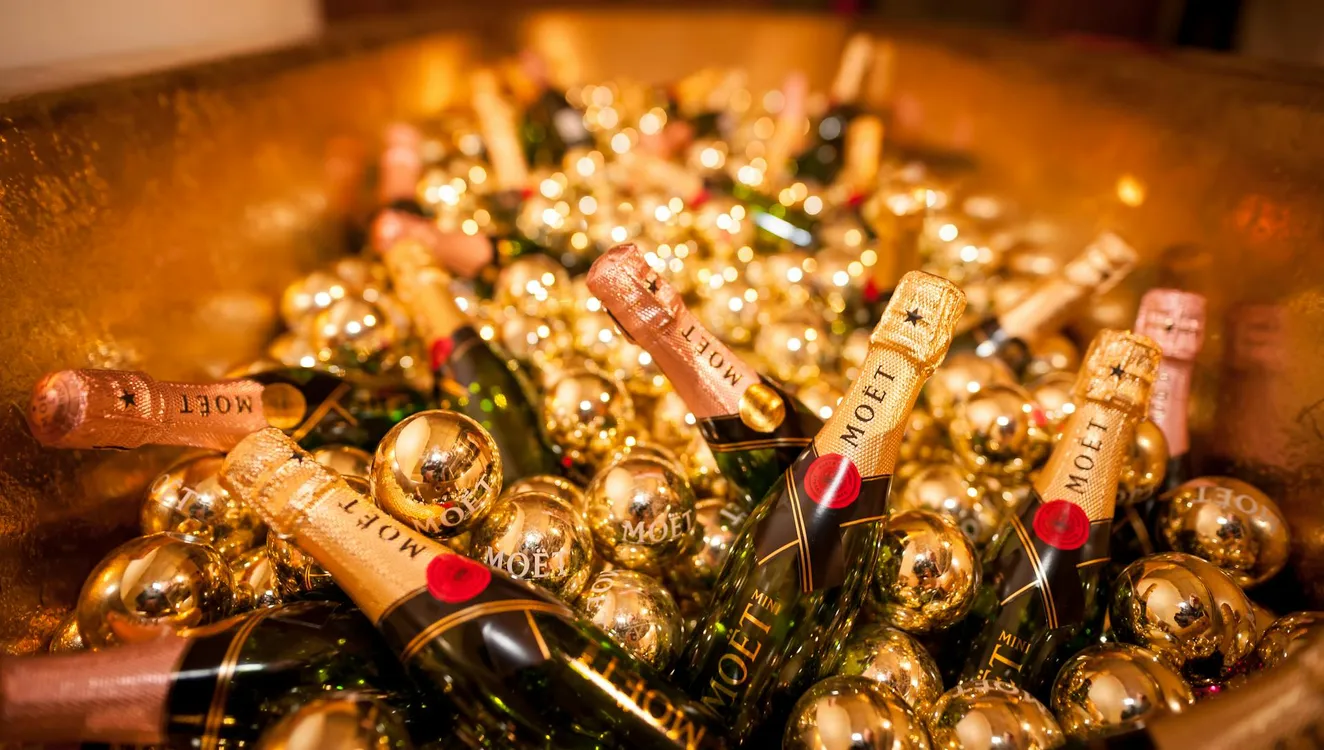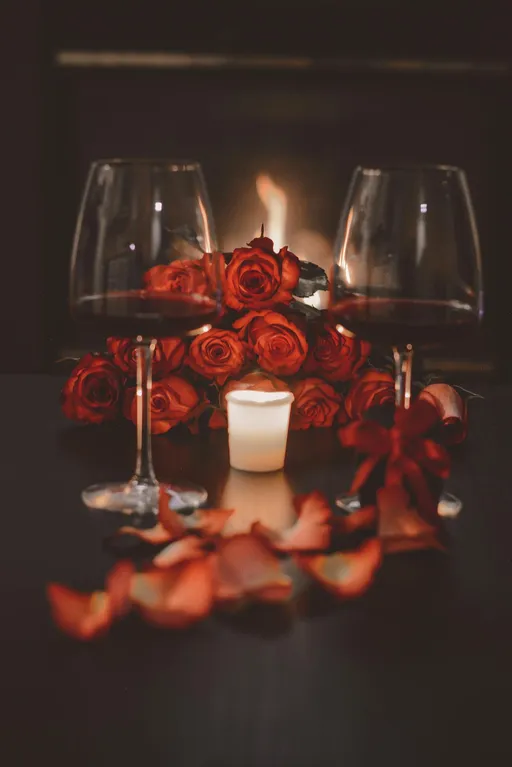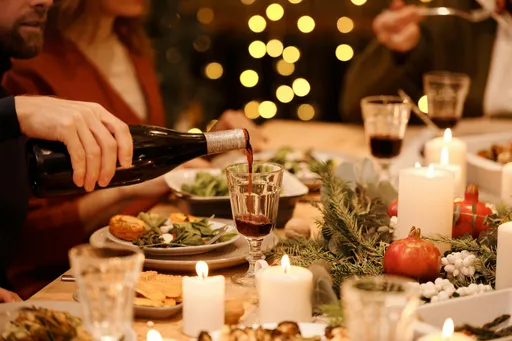Champagne 2025: Prices Skyrocket, Yields Shrink and Bottles Become Rare

Champagne 2025: Prices Skyrocket, Yields Shrink and Bottles Become Rare – What You Need to Know
The year 2025 will be remembered as a turning point for the Champagne market.
The prestigious French sparkling wine, long associated with luxury and celebration, now enters a new phase marked by lower yields, rising prices, and reduced availability.
This shift doesn’t just affect collectors but also wine lovers who want to enjoy Champagne at their celebrations.
Falling production: lowest yields in more than 20 years
The Comité Champagne has set the 2025 harvest limit at 9,000 kg/ha, compared to 10,000 in 2024 and 11,400 in 2023.
This equates to roughly 255 million bottles, one of the lowest levels this century (except for 2020, during the Covid crisis).
Why are yields falling?
- Uncertain economic context: geopolitical instability and volatile consumer behavior.
- Climate unpredictability: frost, heavy rains, and vine diseases in recent years.
- Market strategy: lowering volumes to preserve exclusivity and maintain high perceived value.
Rising prices: luxury becoming less accessible
The combination of steady demand and reduced supply leads to one outcome: sharp price increases.
Three key drivers explain this trend:
- Rising production costs: glass, labels, energy, and logistics are more expensive than ever.
- International demand remains strong: the US, UK, and Japan continue to drive Champagne sales.
- Growing rarity: fewer bottles mean more competition for iconic cuvées.
Experts suggest that 2025 will mark a new era of Champagne as selective luxury, where only those willing to spend more can access the most prestigious houses.
Market under pressure: big houses vs. independent growers
The production drop affects producers differently.
- Big houses (Moët & Chandon, Veuve Clicquot, Ruinart, Dom Pérignon) can rely on resources for innovation, sustainability, and branding, reinforcing their elite status.
- Independent growers (vignerons) offer authentic, often more affordable cuvées that highlight terroir and individuality.
Strategies adopted
- Sustainable & biodynamic viticulture to secure long-term quality.
- Advanced vineyard technology such as the Bakus robot for precision viticulture.
- Organic certification gaining ground, signaling quality and eco-responsibility.
- Diversified offerings: vintage cuvées, blanc de blancs, limited editions for collectors.
Key data at a glance
| Year | Yield (kg/ha) | Bottles (est.) | Notes |
|---|---|---|---|
| 2023 | 11,400 | ~290m | Generous harvest |
| 2024 | 10,000 | ~271m | Structural decline begins |
| 2025 | 9,000 | ~255m | Post-Covid historic low |
What this means for consumers
For Champagne lovers, 2025 will bring clear changes:
- Higher prices, even for entry-level labels
- Greater selectivity: it’s no longer enough to buy a famous brand, exploring smaller growers is key
- Champagne as a special-occasion drink: shifting away from casual consumption toward luxury ritual
To keep enjoying bubbles without breaking the bank, consumers should consider smart alternatives like Crémant, Franciacorta, or Cava — excellent quality at more affordable prices.
Looking ahead
2025 won’t be the end of Champagne, but the start of a new selective luxury era.
Less volume, more quality: a balance that will strengthen Champagne’s prestige, but make access harder for the broader public.
Wine lovers will need to plan purchases in advance, rely on expert advice, and discover lesser-known growers.
A different — and perhaps more conscious — way of enjoying Champagne.
Frequently Asked Questions about Champagne 2025 (FAQ)
Why are Champagne prices rising in 2025?
Prices are rising mainly because of lower production yields, higher production costs, and sustained global demand. This drives exclusivity.
How many bottles of Champagne will be produced in 2025?
The yield cap of 9,000 kg/ha translates into roughly 255 million bottles, one of the lowest levels in two decades.
Will Champagne become a luxury for the few?
Not entirely, but Champagne is increasingly tied to selective luxury. Prestige houses may become inaccessible, while independent growers still provide good alternatives.
What are the best alternatives to Champagne?
Excellent substitutes include Crémant, Franciacorta, and Cava, offering high quality at much lower prices.
Is now a good time to buy Champagne?
Yes, but wisely: buy ahead of peak demand seasons (Christmas, Valentine’s Day) and rely on wine merchants to discover hidden gems.


